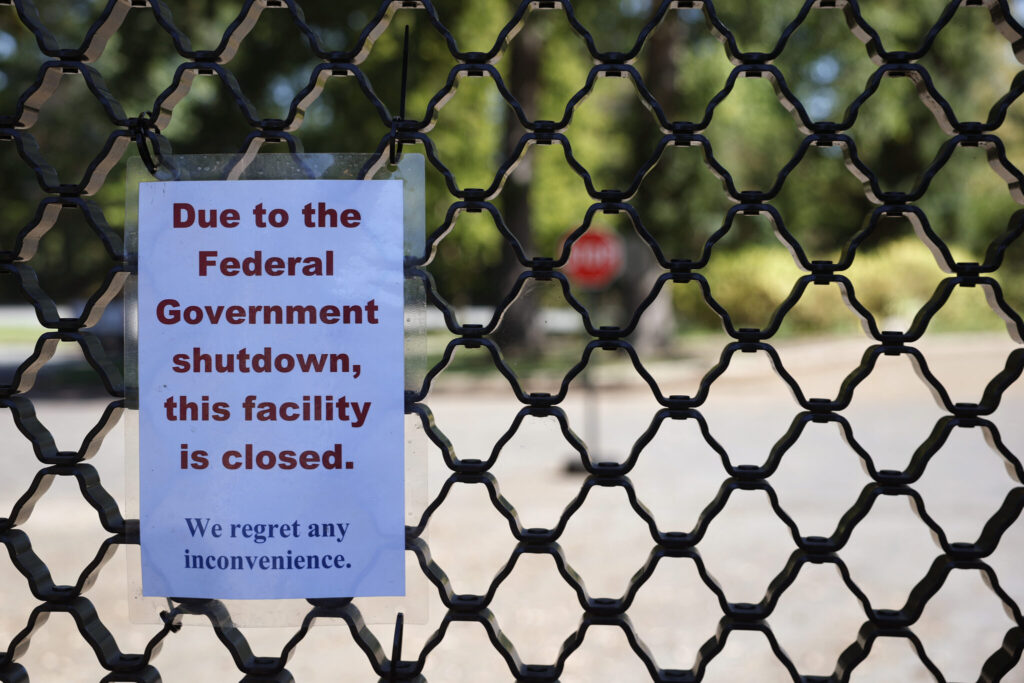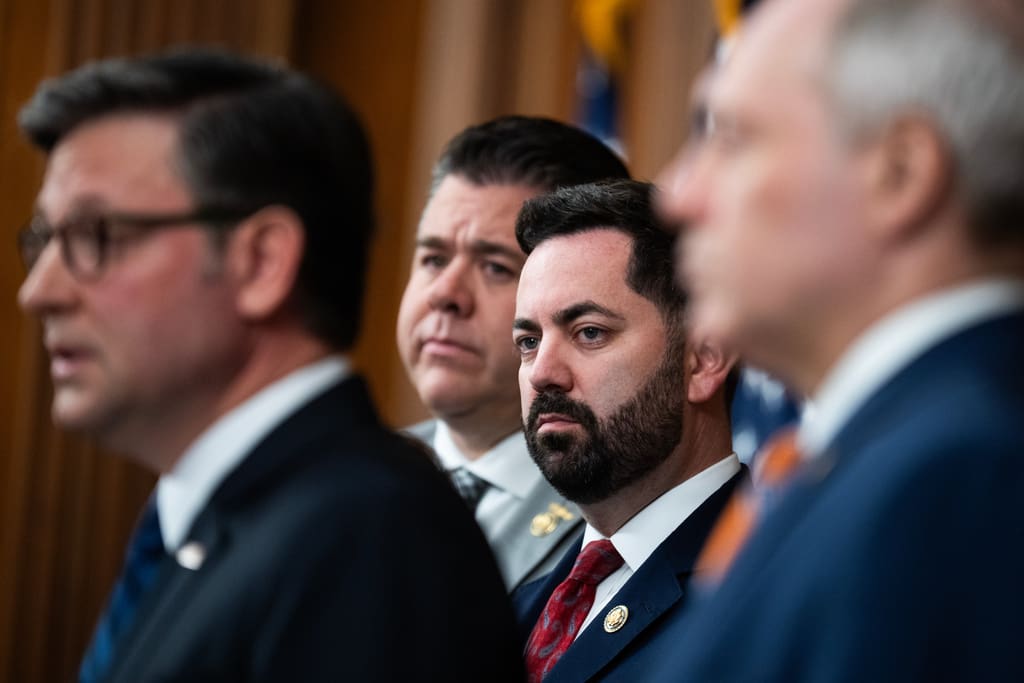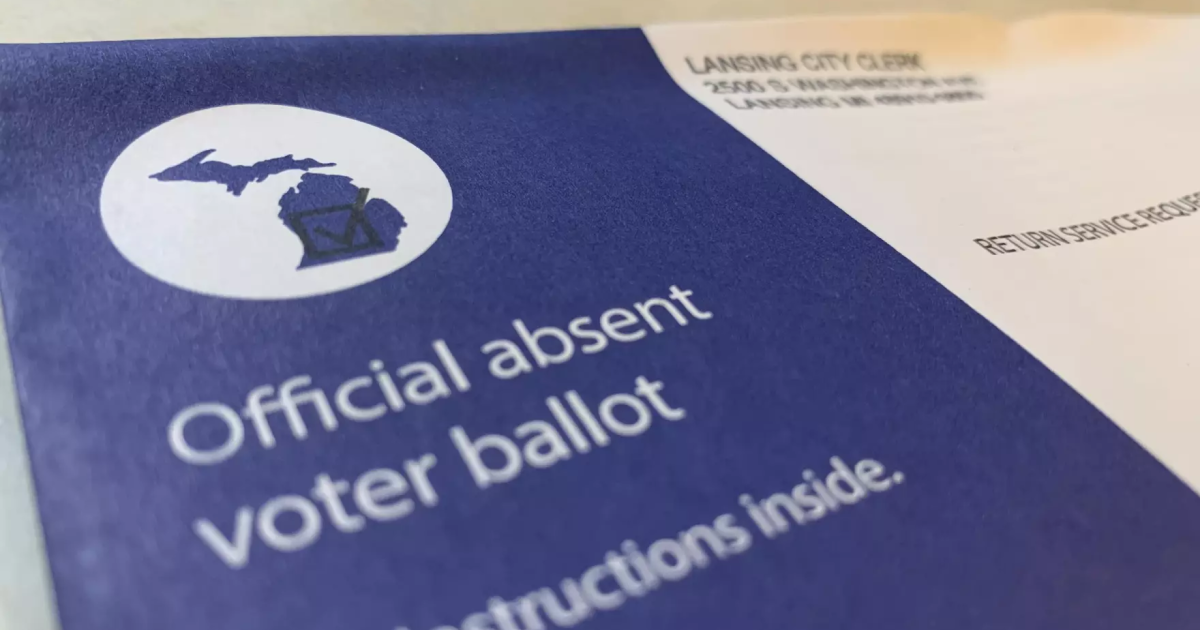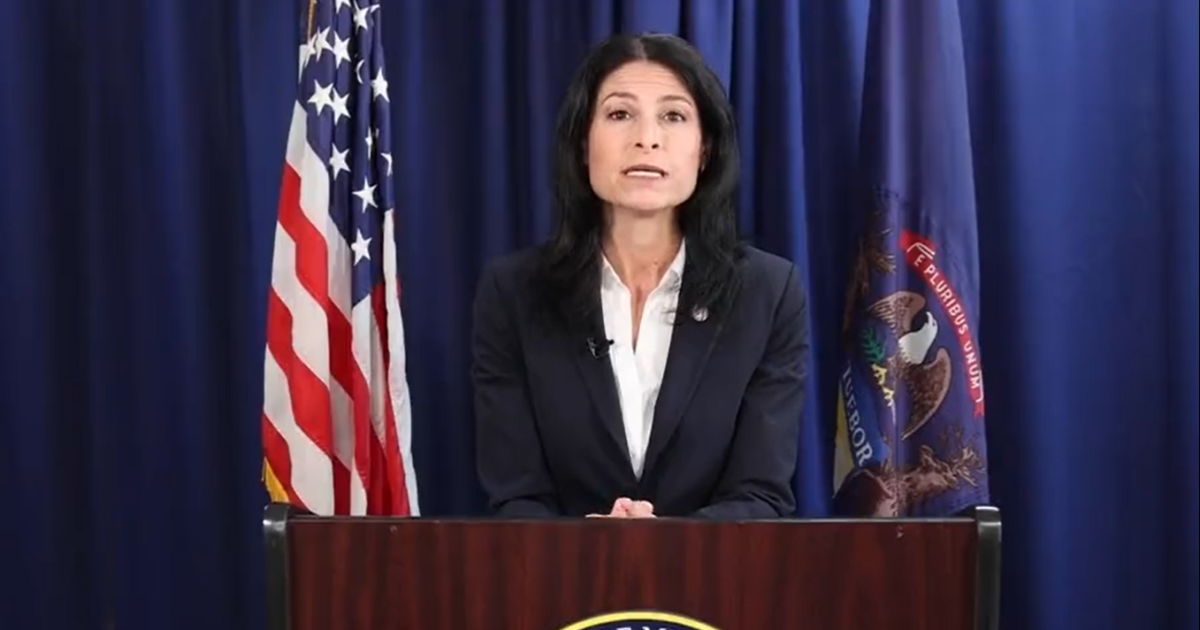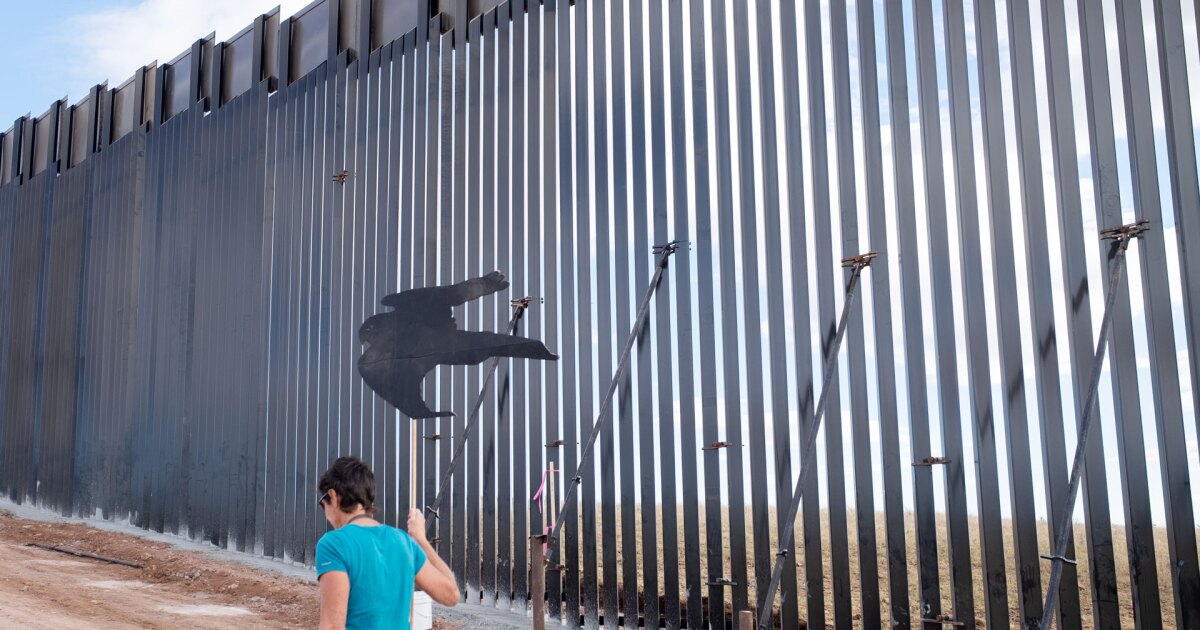WASHINGTON — The U.S. government shutdown, the first in seven years, has resulted in the furlough of hundreds of thousands of federal employees. The public is left uncertain about which services remain operational. Agency plans from the Trump administration and the courts provide insights into department operations during this period.
States Newsroom’s Washington, D.C. Bureau offers a comprehensive guide to help clarify the situation:
Agriculture Department
The USDA plans to furlough nearly 42,300 of its 86,000 employees. Essential operations like farm loans, food safety, and wildfire management will continue without pay. Emergency animal health programs, including those for African swine fever and rabies, are exempt from furloughs. However, programs like disaster assistance and trade negotiations will halt until a funding agreement is reached.
Commerce Department
The Department of Commerce will retain just over 19% of its approximately 43,000 employees without pay. Essential activities, such as weather forecasting by the National Oceanic and Atmospheric Administration, will continue. However, operations at the U.S. Census Bureau and other research activities will largely stop. The U.S. Patent and Trademark Office may remain open using non-appropriated funds.
Defense Department
The Defense Department’s contingency plan requires 406,500 civilian employees to work without pay, while military personnel continue as usual. Key operations such as securing the U.S. southern border and maintaining the Golden Dome defense system are prioritized during the shutdown.
Education Department
The Department of Education plans to furlough 95% of employees outside its federal student aid unit. Federal Direct Loans and Pell Grants will continue, while most new grant activities and civil rights investigations will pause.
Energy Department
The Energy Department will furlough over 8,100 of its 13,800 employees, focusing on maintaining nuclear security and the medical isotope program. Self-funded programs like the Bonneville Power Administration will remain operational.
Environmental Protection Agency
According to its contingency plan, nearly 90% of EPA employees will be furloughed. Only activities critical to human life, such as monitoring certain Superfund sites, will continue. Most grant issuances and research publications will halt.
Health and Human Services Department
HHS has furloughed about 32,500 of nearly 80,000 employees. Essential services like the CDC’s disease monitoring will persist, though public health communications will be limited. Programs funded outside the annual appropriations, such as Medicare and Medicaid, remain unaffected.
Department of Housing and Urban Development
HUD’s plan states that essential housing programs will continue if previously funded, but fair housing activities will pause.
Internal Revenue Service
The IRS will maintain operations through supplemental funding from the Inflation Reduction Act, retaining its 74,299 employees. However, the Treasury Inspector General for Tax Administration will operate at reduced capacity.
Interior Department
The Interior Department will furlough more than half its staff, halting services like social programs for foster children. National parks will remain accessible, but with limited services.
Justice Department
With nearly 13,000 employees furloughed, the Justice Department will keep essential legal and enforcement operations running. Immigration courts will remain open, prioritizing the Executive Office for Immigration Review.
Labor Department
Over 75% of Labor Department employees will be furloughed, affecting services such as the Bureau of Labor Statistics. Unemployment insurance support will continue as funds allow.
Homeland Security Department
While most of its workforce will continue without pay, Homeland Security will keep ports of entry open but may experience delays. The Federal Emergency Management Agency will maintain operations with a majority of staff.
State Department
Visa and passport services will largely remain unaffected due to their fee-funded nature. However, diplomatic visa services will be limited to emergencies only.
Social Security Administration
The SSA will furlough about 6,200 employees, but benefit payments and essential operations will continue.
Transportation Department
Over 11,000 employees will be furloughed, yet essential services like air traffic control will continue. Some agencies within the department will remain fully staffed but unpaid.
Treasury Department
The Treasury will retain approximately 1,850 employees in its departmental offices without pay. Oversight activities will be limited with reduced staffing.
Department of Veterans Affairs
The VA will operate with 97% of its staff, maintaining health care and benefit distribution. Programs for veterans’ suicide prevention and homelessness will continue uninterrupted.
Executive Office of the President
The Executive Office will furlough a significant portion of its staff, but the President and Congress members will continue to receive pay.
Judicial branch
Federal and Supreme Courts remain operational, using court fees to maintain functions. Compensation for judges remains protected under Article III of the Constitution.
—
Read More Montana News

